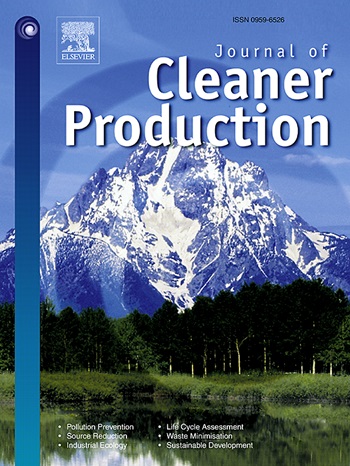Solving the sustainable development dilemma in the Yellow River Basin of China: Water-energy-food linkages
IF 9.7
1区 环境科学与生态学
Q1 ENGINEERING, ENVIRONMENTAL
引用次数: 0
Abstract
Water-energy-food (WEF) system is recognized as crucial drivers for promoting regional sustainable development. This study constructed a WEF indicator system in the Yellow River Basin (YRB) from 2005 to 2019. The spatial and temporal evolution patterns of WEF in the YRB were analyzed using a comprehensive methodological framework, which integrated a matching evaluation model, spatial equilibrium degree model, and exploratory spatial data analysis. The results showed the following: (1) The multi-element matching degree of WEF in the YRB initially increased then decreased, the spatial pattern exhibited a non-equilibrium state and significant spatial mismatch. (2) The spatial dependence of WEF in the YRB presented a “U-shaped” change trend, and the degree of spatial aggregation increased with obvious polarization characteristics. (3) The high-level equilibrium regions demonstrated a spatial change pattern from three polar nuclear circles to one polar nuclear circles, indicating a shift from dispersion to concentration. Conversely, the development of low-level equilibrium regions followed an opposite trend. Based on the above findings, the study area was divided into four spatial control zones: balanced optimization, balanced promotion, balanced guarantee, and balanced alleviation zones. This study contributes to the development of WEF and plays an essential role in fostering human-nature harmony.解决黄河流域可持续发展困境:水-能-粮联动
水-能源-粮食(WEF)系统被认为是促进区域可持续发展的关键驱动力。本研究构建了黄河流域(YRB)2005-2019 年水-能-粮指标体系。采用匹配评价模型、空间均衡度模型和探索性空间数据分析相结合的综合方法框架,分析了黄河流域水能食物系统的时空演变规律。结果表明(1)长三角地区水环境基金的多要素匹配度先上升后下降,空间格局呈现非均衡状态,空间错配显著。(2)长三角地区 WEF 的空间依赖性呈 "U "型变化趋势,空间聚集程度增加,极化特征明显。(3)高水平平衡区呈现出从三个极核圈到一个极核圈的空间变化规律,表明由分散向集中转变。相反,低层次平衡区的发展则呈现出相反的趋势。根据上述结论,将研究区域划分为四个空间控制区:均衡优化区、均衡促进区、均衡保障区和均衡缓解区。这项研究为世界环境基金的发展做出了贡献,并在促进人与自然和谐方面发挥了重要作用。
本文章由计算机程序翻译,如有差异,请以英文原文为准。
求助全文
约1分钟内获得全文
求助全文
来源期刊

Journal of Cleaner Production
环境科学-工程:环境
CiteScore
20.40
自引率
9.00%
发文量
4720
审稿时长
111 days
期刊介绍:
The Journal of Cleaner Production is an international, transdisciplinary journal that addresses and discusses theoretical and practical Cleaner Production, Environmental, and Sustainability issues. It aims to help societies become more sustainable by focusing on the concept of 'Cleaner Production', which aims at preventing waste production and increasing efficiencies in energy, water, resources, and human capital use. The journal serves as a platform for corporations, governments, education institutions, regions, and societies to engage in discussions and research related to Cleaner Production, environmental, and sustainability practices.
 求助内容:
求助内容: 应助结果提醒方式:
应助结果提醒方式:


